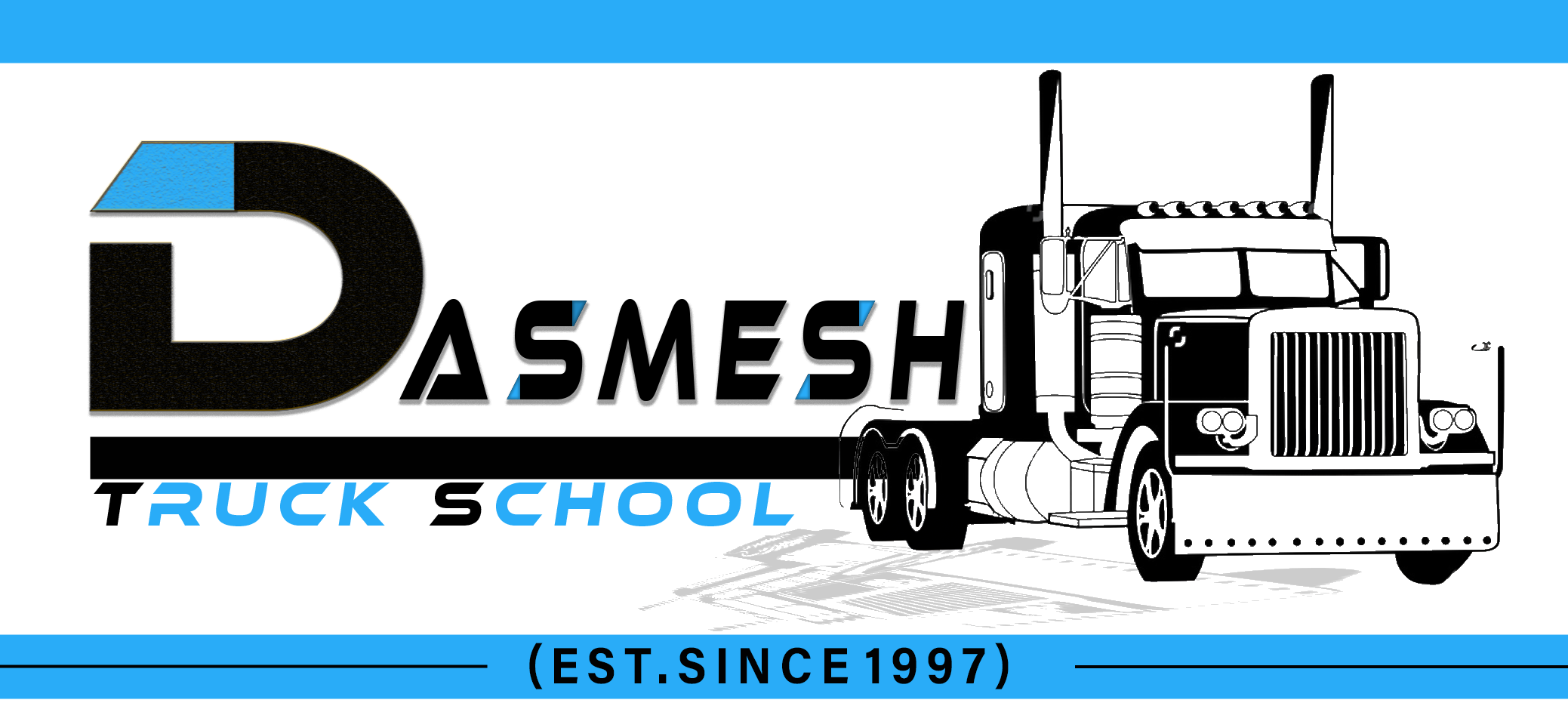Backing up a truck is one of the most challenging aspects of driving for new CDL trainees, but it’s also one of the most essential skills. Whether you’re maneuvering in tight loading docks, busy truck stops, or narrow streets, mastering backing maneuvers can make a significant difference in your trucking career. Here’s a simplified and engaging guide to help truck driver trainees gain confidence and improve their skills.

Why Backing Maneuvers Matter
Backing a truck is more than just a technical skill—it’s a safety-critical operation. Poor backing skills can lead to costly accidents, delays, and even injury. Truck driver training programs emphasize backing techniques because these maneuvers are a daily part of a truck driver’s life. Developing proficiency in backing not only boosts your confidence but also helps you stand out as a skilled professional.
Start with the Basics
Before diving into complex maneuvers, it’s essential to understand the fundamentals:
- Use Your Mirrors
Your mirrors are your best friends when backing up. Adjust them properly to minimize blind spots and give you a clear view of your trailer. Always keep an eye on both sides as you back up to maintain awareness of your surroundings. - Understand Trailer Pivot Points
When you turn the wheel, the trailer doesn’t respond immediately—it pivots. Knowing how your trailer moves in response to your steering inputs is crucial. Practice observing how slight turns of the wheel affect the trailer’s direction. - Go Slow and Steady
Backing isn’t about speed; it’s about precision. Take your time and make small, deliberate movements. Rushing increases the likelihood of mistakes. - Set Yourself Up for Success
Proper setup before backing can make the process significantly easier. Whenever possible, position your truck to maximize your visibility and minimize the distance you need to reverse.
Types of Backing Maneuvers
In truck driver training programs, you’ll learn several types of backing maneuvers. Here’s a quick overview:
- Straight-Line Backing
This is the simplest form of backing, where you reverse in a straight line. Use your mirrors to ensure your truck and trailer stay aligned. - Alley Dock Backing
This involves backing into a space at an angle. It’s commonly used when parking at docks. Proper setup is key here—angle your truck to give yourself enough room to maneuver. - Offset Backing
Offset backing requires you to move your truck and trailer from one lane to another while reversing. This maneuver tests your ability to control the trailer’s direction. - Parallel Parking
While less common, parallel parking is sometimes necessary in urban areas or tight spaces. It’s a valuable skill that showcases your control and precision.
Tips to Master Backing Maneuvers
- Practice in a Safe Environment
Before tackling real-world situations, practice in a controlled setting, such as a training yard. This allows you to make mistakes and learn without the pressure of traffic. - Use Landmarks and Reference Points
Identify fixed objects, such as cones or painted lines, to guide your movements. These reference points help you judge distances and angles more accurately. - Get Out and Look (G.O.A.L.)
When in doubt, stop the truck, get out, and assess the situation. This step is invaluable for avoiding obstacles and ensuring safety. - Communicate Clearly
If you’re working with a spotter, establish clear hand signals or verbal cues. Effective communication helps avoid misunderstandings and potential accidents. - Stay Calm and Patient
It’s easy to feel frustrated when backing doesn’t go as planned. Take a deep breath, stay patient, and remember that every driver started where you are.
Leveraging CDL Driver Paid Training Opportunities
One of the best ways to master backing maneuvers is through hands-on experience in CDL driver paid training programs. These programs offer the perfect combination of classroom learning and real-world practice, often under the guidance of experienced instructors.
Paid training allows you to earn while you learn, making it an attractive option for aspiring truck drivers. You’ll receive structured lessons on essential skills like backing, making it easier to build your confidence and proficiency.

Common Backing Challenges and How to Overcome Them
- Limited Visibility
Trucks have significant blind spots, making it challenging to see everything around you. Use your mirrors diligently and get out to check if needed. - Tight Spaces
Maneuvering in small areas can feel overwhelming. Practice backing into tight spots during your training to build confidence. - Stress and Pressure
Backing in front of an audience, such as at a busy truck stop, can be nerve-wracking. Focus on your technique and block out distractions.
Final Thoughts
Mastering backing maneuvers is a journey, not a destination. With consistent practice, the skills you develop in truck driver training programs will become second nature. Remember, every successful truck driver was once a trainee, facing the same challenges you are.
If you’re looking to gain real-world experience and hone your skills, consider enrolling in a CDL driver paid training program. Not only will you learn from seasoned professionals, but you’ll also get the hands-on practice needed to thrive in your trucking career.
FAQs
1. Why is backing up a truck so difficult for new drivers?
Backing a truck is challenging because it requires precise coordination between steering, speed, and trailer movement. Unlike regular vehicles, trailers pivot differently, which takes practice to master.
2. How often do truck drivers need to back up in their daily jobs?
Truck drivers frequently back up when parking at docks, truck stops, or loading/unloading areas. It’s a daily part of the job, making it a critical skill to develop during training.
3. How long does it take to master backing maneuvers?
The time it takes varies by individual, but with consistent practice in a structured environment, most trainees see significant improvement within a few weeks of focused training.
4. What if I struggle with backing during my CDL test?
Don’t panic. If you struggle with backing during your CDL test, remember that most examiners allow for corrections, as long as you stay safe and aware. Practice extensively beforehand and use techniques like G.O.A.L. (Get Out and Look) to ensure accuracy.
5. Are there specific tips for backing up in tight spaces?
Yes! Take your time, use your mirrors, and ensure your setup is as straight as possible before backing. If needed, make multiple small adjustments rather than attempting to fix it all at once.
6. Can I practice backing without enrolling in a truck driver training program?
While it’s possible to practice on private property with a mentor or friend, enrolling in a professional truck driver training program ensures you learn proper techniques, safety protocols, and industry standards.
7. What is the role of CDL driver paid training in learning backing skills?
CDL driver paid training offers hands-on experience with experienced instructors who provide step-by-step guidance on backing techniques. This structured environment helps trainees gain confidence and improve their skills quickly.
8. How can I improve my backing skills outside of training programs?
Consider using simulators, watching instructional videos, or practicing in an empty parking lot with cones or markers. Always prioritize safety and seek feedback from experienced drivers.
9. What should I do if I feel nervous about backing in front of others?
Nerves are normal, especially when backing in busy areas. Focus on your technique, use your mirrors, and remember that even experienced drivers were once in your position. Taking deep breaths can help you stay calm.
10. How important is backing in a truck driver’s career?
Backing is crucial in a truck driver’s career. Employers value drivers who can safely and efficiently back into tight spaces, as it directly impacts safety, delivery times, and overall professionalism.
